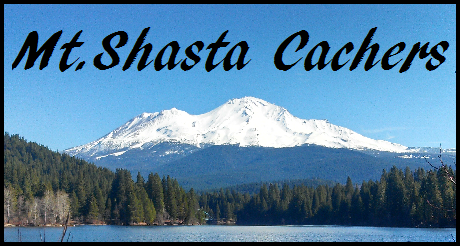"Chinese believed that labor was honorable, and they were excellent workers for almost no pay or benefits. They watered trees by hand with large wooden tubs on the orchards in Tehama County. The Cone Ranch east of Red Bluff employed a number of Chinese. They constructed miles of stone walls there, carrying the rocks in yoked wicker baskets or in wooden cradles with long handles. The cradles required as many as eight Chinese. The stones were individually hand-fitted without the use of any kind of mortar. For the construction the Chinese were paid fifteen cents a rod (16 1/2 feet) of completed wall. These walls are standing today virtually intact. Chinese rock walls can be found in many parts of Tehama County."
Source from Artical: by Bill Gaumer - 1985
__________________
You will find rock walls running all around Red Bluff. They were built by different settlers coming to the area. It took long hard work for these walls to be built with man power alone. In many places they are considered historical makers or monuments. Many are over 100 years old. The walls were used to show property lines or to keep animals in fields since trees in this area were not always plentiful. We use these rock walls today for similar purposes. One newer purpose is to hide a cache in them. This, over time, can alter or even destroy a beautiful piece of local history. Please keep this in mind when finding or placing a geocache.
As you can see from the posted cords. This area is not the most hospitable. Because of the dry, rocky terrain not much could be farmed. The wall here is made up of Natural Fieldstone. These rocks came from the surrounding area. By removing the rocks from the surface of the fields where it occurs naturally. Collections of fieldstones which have been removed from arable land or pasture to allow for more effective agriculture.
Fieldstone occurs extensively on the High Plains. It was deposited during the last glaciation. On or near the surface, they come in many colors, and are limited in size to about 4 feet in diameter, although larger rocks are sometimes recovered.
The stream that runs on the opposite side of the road is an intermittent or seasonal stream. It is one that only flows for part of the year and it is marked on the topographic map with a line of blue dashes and dots. As you can see, the stream bed is lined with rocks that have had the sediments washed away.
Information was used from this source.
Email Me The Answers To These Questions Before You Log Your Find. If you do not email me the answers your log Will Be Deleted.
1) Do the rocks in the stream bed look the same as the rocks in the wall?
2) Looking past the wall. How is the terrain different at 50ft compared to 200ft?
3) You are in the High Planes area. Look to the East and to the West. Name one major difference in each of these three areas.
4) What is your current elevation?
Last, When you post your Log:
Please tell me if there is water flowing in the Stream. This way we can track when the Stream is active.
